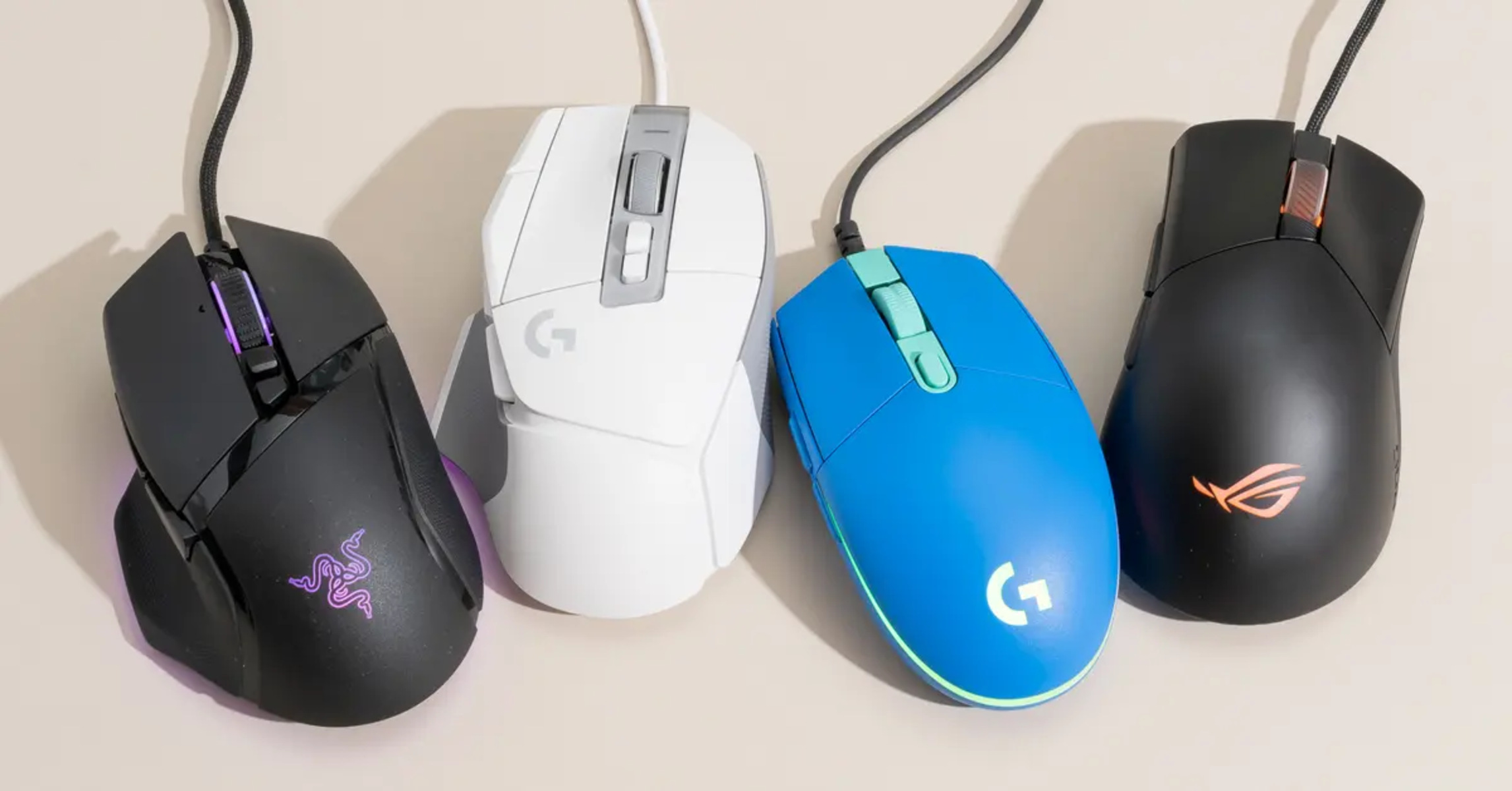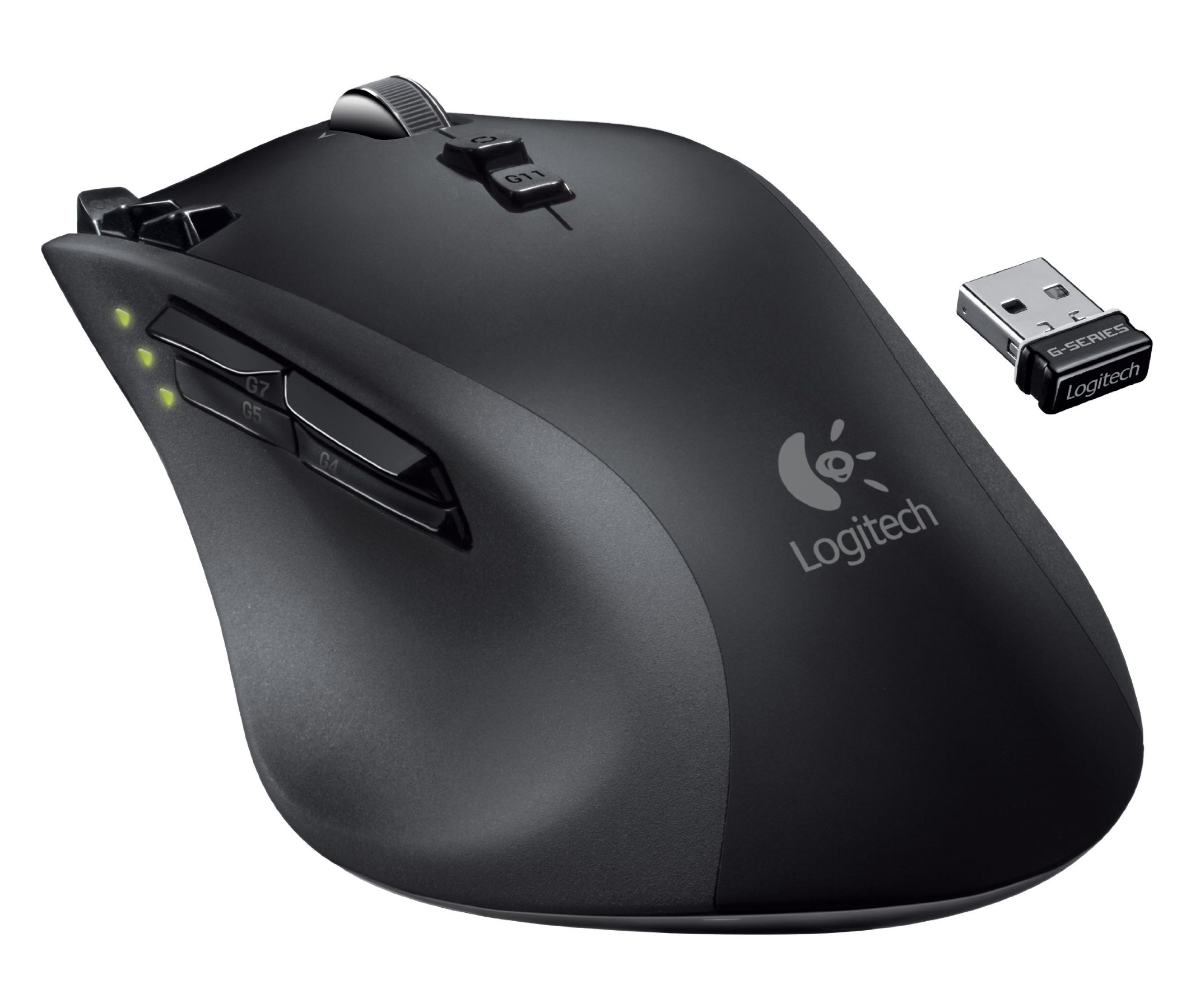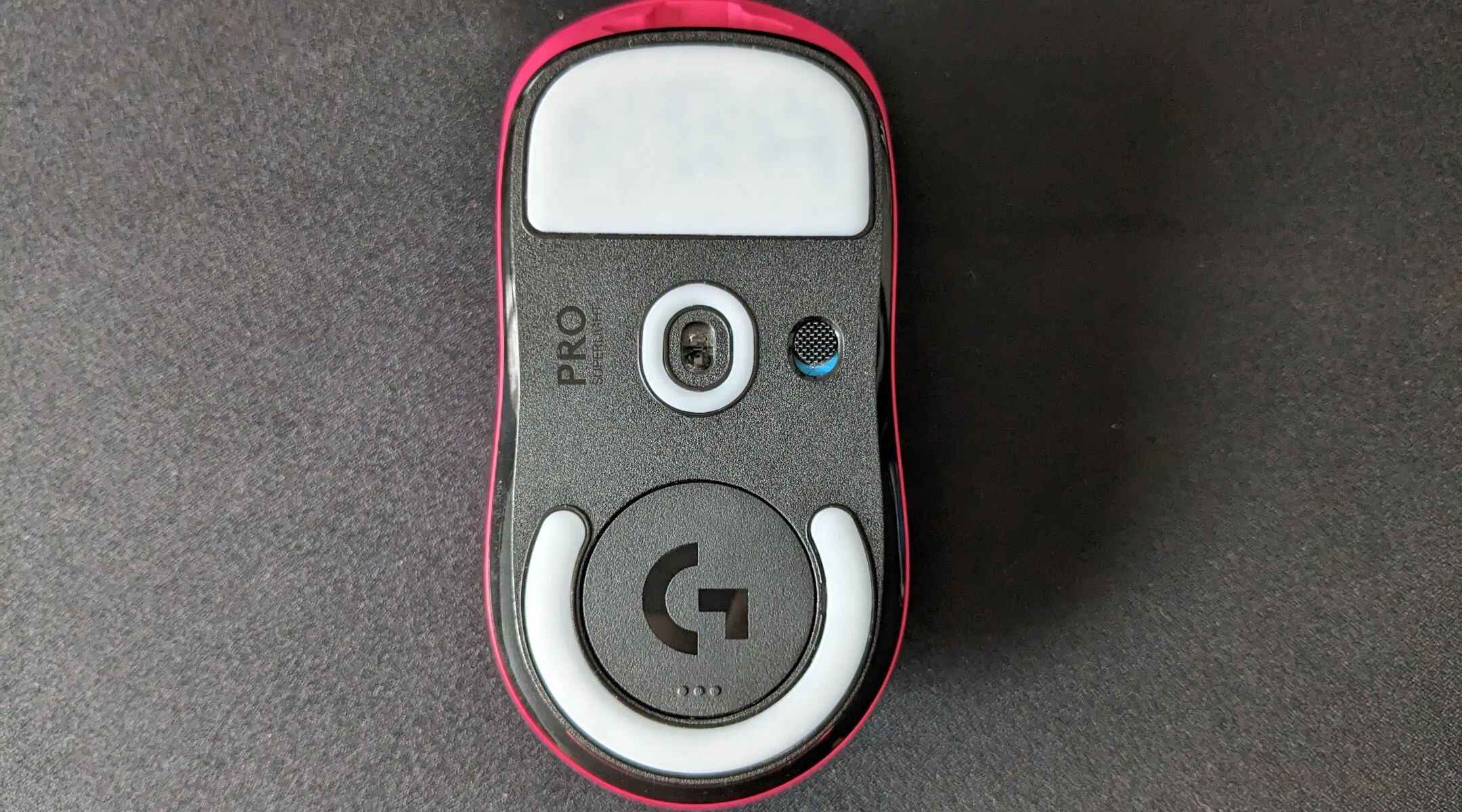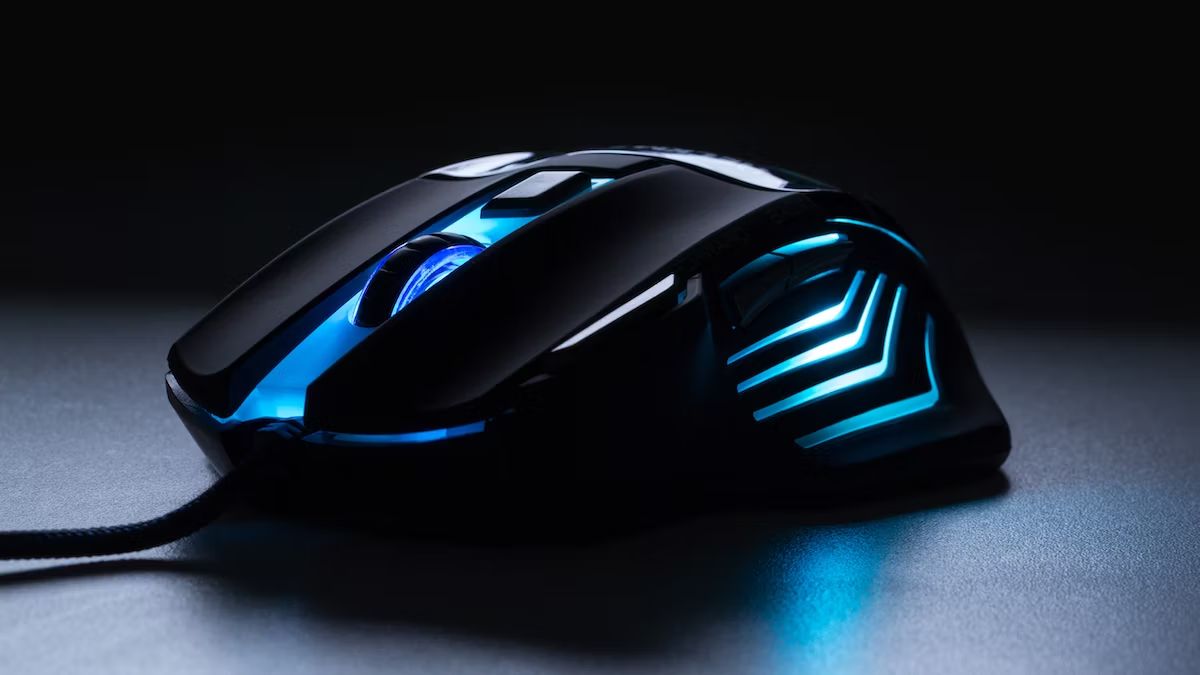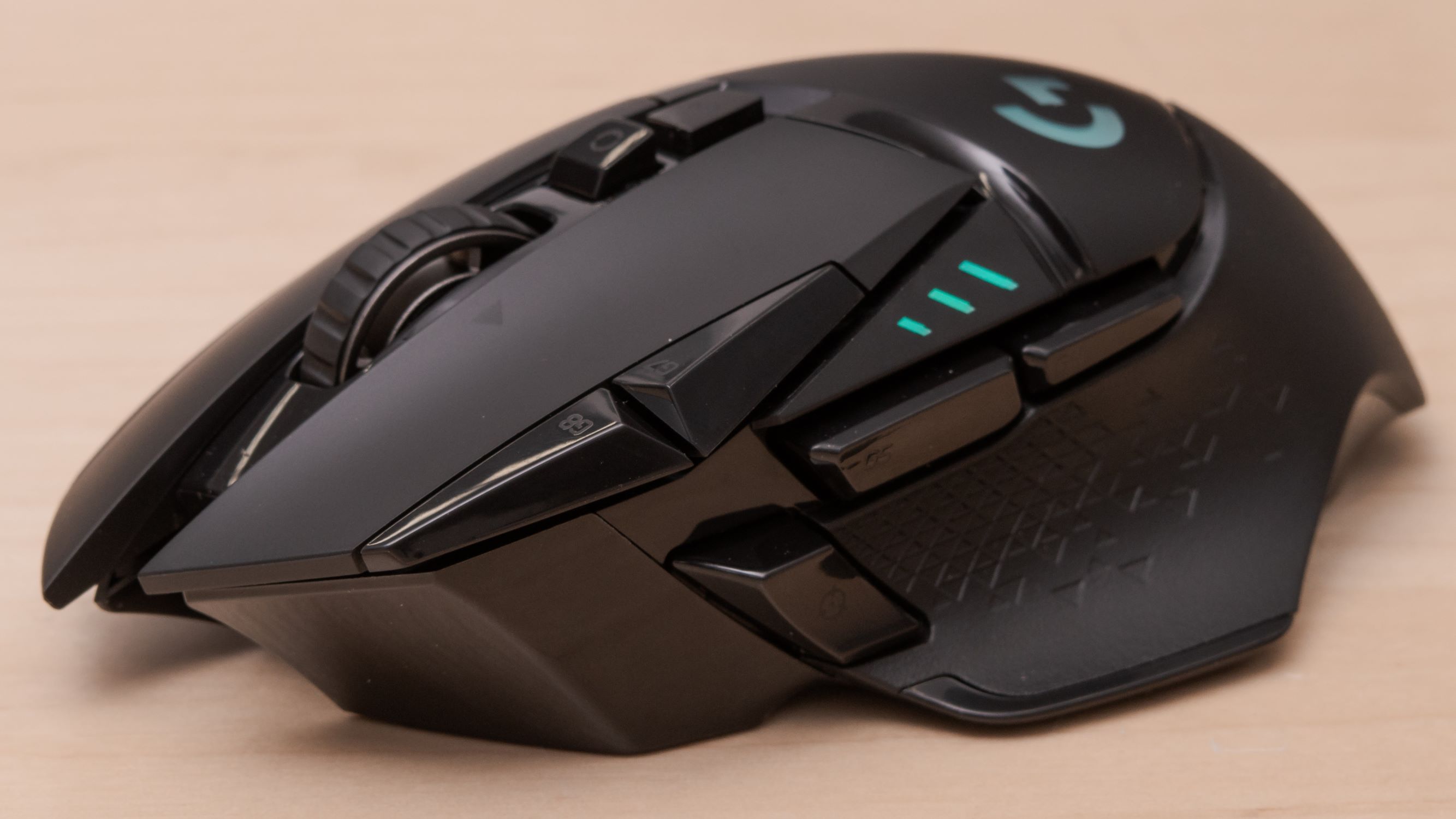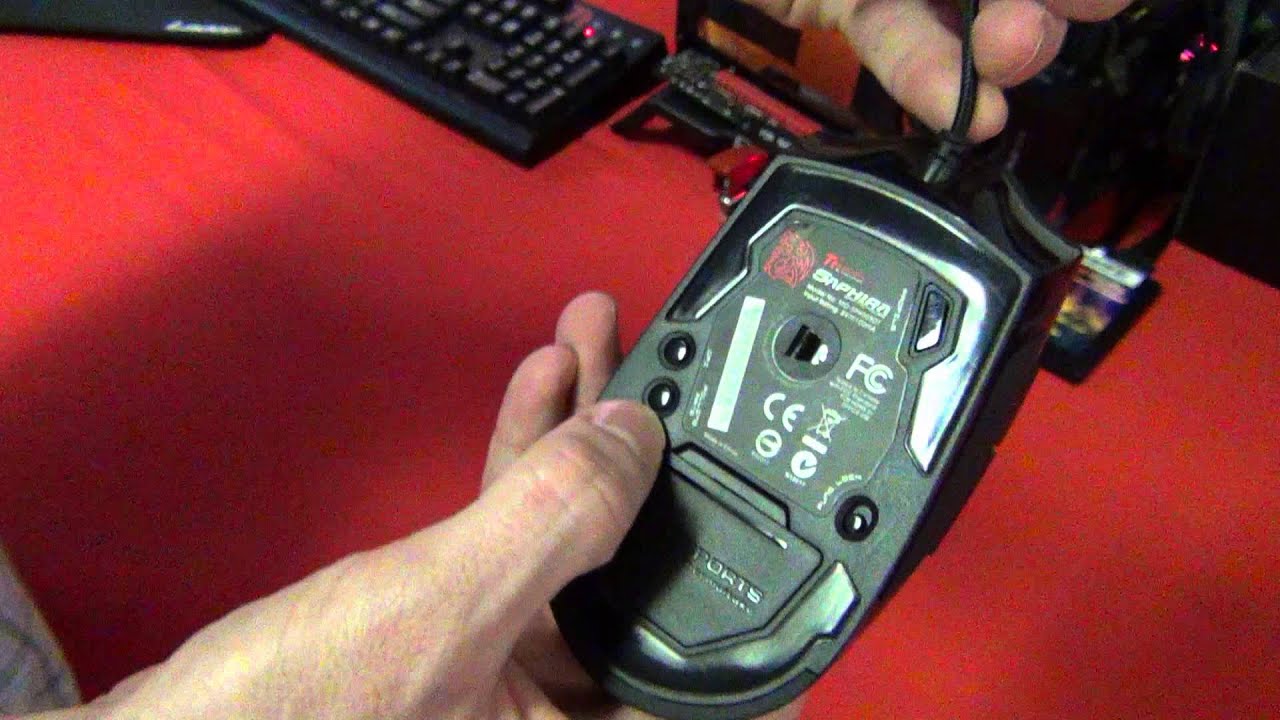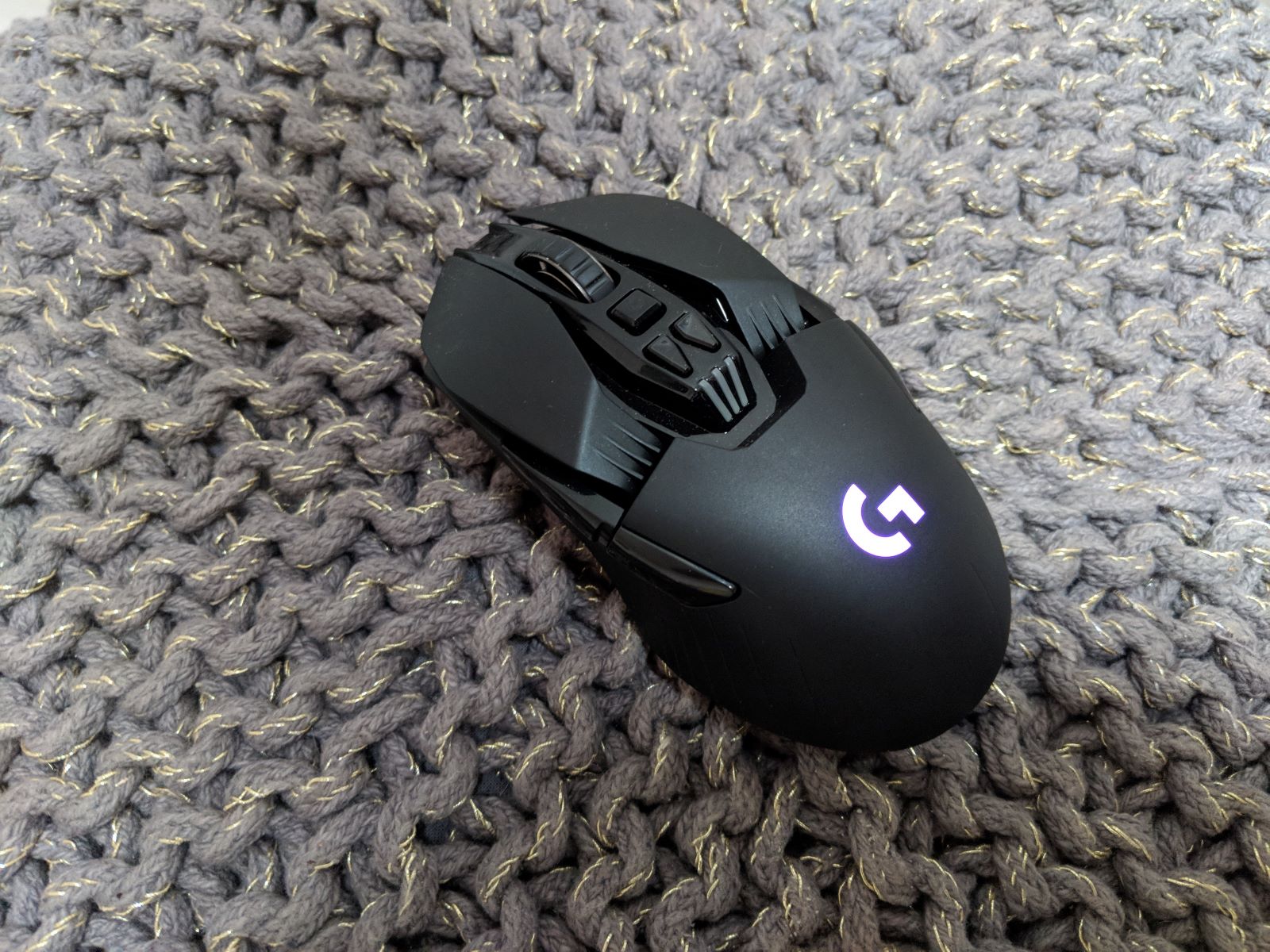Signs of Wear and Tear
A gaming mouse, like any other piece of hardware, undergoes wear and tear over time. Recognizing the signs of deterioration is crucial in determining when it needs to be replaced. Here are some indicators to watch out for:
1. Clicking Issues
- Detail: Over time, the primary buttons of a gaming mouse can become less responsive or may start double-clicking unintentionally. This can significantly impact gameplay, leading to frustration and decreased performance.
- Example: You might notice that you have to press the mouse button harder for it to register a click, or it may not register at all in some cases.
2. Tracking Problems
- Detail: The sensor of a gaming mouse can wear out, resulting in erratic cursor movement or failure to track accurately. This can manifest as sudden jumps or drifts on the screen, negatively affecting precision in gaming or other tasks.
- Example: You may observe that the cursor moves inconsistently or experiences sudden stops while navigating.
3. Worn-Out Exterior
- Detail: The external shell of a gaming mouse can show visible signs of wear, such as peeling or fading coatings, worn-out grips, or loose parts. These physical changes not only affect the aesthetics but can also impact the comfort and grip during extended gaming sessions.
- Example: You might notice that the rubberized coating on the mouse has started to peel off, or the textured grip areas have become smooth and slippery.
4. Cable Damage
- Detail: The cable of a gaming mouse is prone to fraying or damage due to constant movement and strain. Frayed cables can lead to connectivity issues, intermittent disconnections, or complete failure of the mouse to function.
- Example: You may see exposed wires or noticeable kinks in the cable, especially near the connection points.
5. Diminished Lighting or Customization
- Detail: Many modern gaming mice feature customizable RGB lighting and software-controlled settings. If the lighting becomes dim or malfunctions, and the customizations fail to retain their settings, it could indicate underlying issues with the mouse's internal components.
- Example: You may find that the RGB lighting flickers or fails to illuminate certain zones, or the programmed button configurations reset unexpectedly.
Identifying these signs of wear and tear is essential for preemptive action to maintain an optimal gaming experience. When multiple indicators are observed, it may be time to consider replacing the gaming mouse to prevent disruptions and ensure peak performance.
Performance Issues
Performance issues in a gaming mouse can significantly impact gameplay and user experience. Understanding the common issues that arise due to deteriorating performance is crucial in determining when a replacement is necessary. Here are some key performance-related indicators to consider:
1. Latency and Responsiveness
- Detail: A decline in responsiveness or increased latency can hinder the fluidity and precision of cursor movement, affecting in-game aiming, tracking, and overall control.
- Example: You may notice a delay between your physical mouse movements and the corresponding on-screen actions, impacting your ability to react quickly in fast-paced games.
2. DPI and Sensitivity
- Detail: Fluctuations in DPI (dots per inch) settings or irregular sensitivity adjustments can lead to inconsistent cursor speed and accuracy, disrupting aiming and navigation in games and other applications.
- Example: Your mouse cursor may exhibit varying speeds or erratic movements even when using a consistent hand motion, making precise actions challenging to execute.
3. Button Response and Macro Execution
- Detail: Deteriorating switches and buttons can result in missed inputs, unintended double-clicks, or failure to execute programmed macros, impacting gameplay and productivity.
- Example: You may experience instances where button presses are not registered, or macros fail to execute reliably, affecting your in-game strategies or workflow efficiency.
4. Lift-Off Distance and Surface Calibration
- Detail: Issues with lift-off distance calibration or surface tracking can lead to erratic cursor behavior when lifting and repositioning the mouse, causing disruptions during gaming or design work.
- Example: The cursor may continue to move or lose tracking when the mouse is lifted, impacting precise repositioning and aim adjustments in games or graphic design applications.
5. Acceleration and Angle Snapping
- Detail: Unintended acceleration or irregular angle snapping can affect the consistency of cursor movement, leading to unpredictable aiming and navigation, especially in competitive gaming scenarios.
- Example: You may notice that the cursor accelerates unexpectedly or snaps to specific angles even when attempting smooth, controlled movements, impacting aiming accuracy and cursor predictability.
Recognizing these performance-related issues is essential for determining whether a gaming mouse is still capable of meeting the demands of competitive gaming, creative work, or everyday computing tasks. When these issues persist despite troubleshooting efforts, it may be time to consider upgrading to a new gaming mouse to regain optimal performance and precision.
Physical Damage
Gaming mice are subjected to physical wear and tear, and damage to their external and internal components can significantly impact their functionality and longevity. Identifying signs of physical damage is crucial in determining when a replacement is necessary. Here are some key indicators of physical damage to watch out for:
1. Exterior Wear and Tear
- Detail: Scratches, dents, or cracks on the exterior shell of a gaming mouse not only affect its aesthetics but can also compromise the structural integrity and comfort during use.
- Example: You may notice visible scratches on the mouse’s surface or even structural damage, such as a cracked or chipped shell, impacting its overall appearance and feel.
2. Button and Scroll Wheel Damage
- Detail: Physical damage to the primary buttons, side buttons, or scroll wheel, such as sticking, wobbling, or failure to depress smoothly, can hinder the mouse’s functionality and user interaction.
- Example: You might observe that the primary buttons feel loose or wobbly, the side buttons are unresponsive, or the scroll wheel exhibits irregular scrolling behavior, impacting your in-game actions or productivity tasks.
3. Cable Fraying and Connector Damage
- Detail: Frayed or damaged cables, as well as bent or broken connectors, can lead to connectivity issues, intermittent disconnections, and potential electrical hazards.
- Example: You may notice exposed wires, kinks, or cuts in the mouse cable, or damage to the USB connector, affecting the mouse’s reliability and safety of use.
4. Internal Component Damage
- Detail: Damage to internal components, such as the sensor, switches, or circuitry, can result in erratic behavior, malfunctions, or complete failure of essential mouse functions.
- Example: You might encounter issues such as sensor drift, button malfunctions, or unresponsive behavior, indicating potential damage to critical internal elements of the gaming mouse.
5. Fluid or Environmental Damage
- Detail: Exposure to liquids, extreme temperatures, or environmental contaminants can cause irreversible damage to a gaming mouse, leading to corrosion, electrical shorts, or functional deterioration.
- Example: If the mouse has been exposed to liquid spills, high humidity, or extreme temperatures, it may exhibit signs of corrosion, electrical issues, or general malfunctions, necessitating replacement.
Identifying physical damage to a gaming mouse is essential for assessing its overall condition and determining whether it can continue to deliver reliable performance. When physical damage compromises the functionality, safety, or user experience, replacing the gaming mouse becomes a prudent course of action to ensure uninterrupted gaming and productivity.
Outdated Technology
As technology advances at a rapid pace, gaming mice incorporating outdated features and specifications may struggle to meet the demands of modern gaming and productivity requirements. Recognizing the signs of outdated technology is crucial in determining when a gaming mouse needs to be replaced. Here are key indicators of outdated technology to consider:
1. Limited DPI and Polling Rate
- Detail: Gaming mice with lower DPI (dots per inch) and polling rates may not provide the level of precision and responsiveness required for competitive gaming and high-resolution displays.
- Example: You may find that the mouse’s sensitivity feels inadequate for precise aiming and tracking, or the cursor movement appears less fluid and responsive, especially on higher-resolution monitors.
2. Single Profile and Customization Options
- Detail: Older gaming mice with limited profile storage and customization options may not accommodate the diverse needs of modern gamers who require extensive macro support and profile configurations.
- Example: You might encounter restrictions in creating and storing multiple profiles, customizing button assignments, or programming complex macros, limiting your ability to adapt to different gaming scenarios and applications.
3. Non-Programmable RGB Lighting
- Detail: Gaming mice lacking programmable RGB lighting and advanced lighting effects may not align with the immersive visual experiences and customization options offered by modern gaming peripherals.
- Example: If the mouse’s lighting options are limited to basic color presets without software control, you may miss out on synchronized lighting effects and personalized aesthetics to complement your gaming setup.
4. Obsolete Sensor Technology
- Detail: Gaming mice equipped with outdated sensor technology may exhibit inferior tracking accuracy, acceleration, or lift-off distance control compared to newer models with advanced sensor designs.
- Example: You may notice inconsistencies in cursor movement, tracking errors, or limitations in lift-off distance adjustments, impacting your aiming precision and overall control during gaming sessions.
5. Compatibility and Connectivity Limitations
- Detail: Older gaming mice with limited connectivity options or compatibility with modern operating systems and software may pose challenges in seamless integration and functionality.
- Example: If the mouse lacks support for the latest connectivity standards or software platforms, you may encounter compatibility issues, driver conflicts, or limited access to firmware updates, affecting overall performance and functionality.
Recognizing the limitations imposed by outdated technology in a gaming mouse is essential for assessing its suitability for current gaming and productivity demands. When the mouse’s features and specifications no longer align with your requirements for precision, customization, and compatibility, upgrading to a newer model can unlock enhanced capabilities and seamless integration with modern gaming environments and software applications.
Upgrades and New Features
Keeping abreast of the latest advancements in gaming mouse technology is essential for understanding the potential benefits of upgrading to a newer model. New features and enhancements in gaming mice can offer compelling reasons to consider a replacement. Here are key upgrades and new features to look out for:
1. Enhanced Sensor Technology
- Detail: Upgraded sensor technology, such as advanced optical or laser sensors with higher DPI, improved tracking accuracy, and customizable lift-off distance, can elevate precision and responsiveness during gaming and everyday use.
- Example: Newer gaming mice may feature state-of-the-art sensors with adjustable DPI settings, enhanced tracking algorithms, and precise lift-off distance control, providing a significant performance boost compared to older sensor designs.
2. Customizable Weight and Balance
- Detail: Gaming mice with adjustable weight systems and customizable balance options allow users to tailor the mouse’s feel and maneuverability to their preferences, enhancing comfort and control during prolonged gaming sessions.
- Example: Advanced gaming mice may offer modular weight compartments and customizable weight configurations, enabling users to achieve the ideal balance and heft for precise cursor control and reduced hand fatigue.
3. Wireless Technology and Connectivity
- Detail: The integration of wireless technology, such as advanced Bluetooth or proprietary wireless connectivity, can provide greater freedom of movement and seamless, lag-free performance, eliminating the constraints of traditional wired setups.
- Example: Newer gaming mice may feature low-latency wireless connectivity, extended battery life, and advanced signal stability, offering the convenience of wireless operation without compromising responsiveness or reliability.
4. Advanced Customization Software
- Detail: Feature-rich customization software with intuitive interfaces and extensive macro programming capabilities empowers users to create complex profiles, customize lighting effects, and fine-tune performance settings for a personalized and immersive user experience.
- Example: Modern gaming mice are accompanied by sophisticated software suites that enable in-depth customization of button assignments, RGB lighting effects, sensor calibration, and surface tuning, allowing users to optimize the mouse for specific games and tasks.
5. Integrated Analog Inputs and Controls
- Detail: Gaming mice with integrated analog inputs, such as analog joysticks or paddle controls, introduce innovative input methods for enhanced gameplay versatility and intuitive control in compatible games and applications.
- Example: Newer gaming mice may incorporate analog inputs that enable nuanced control and seamless integration with analog movement mechanics in games, offering a competitive edge and expanded gameplay possibilities.
By staying informed about the latest upgrades and features in gaming mice, users can evaluate the potential performance enhancements, ergonomic improvements, and innovative capabilities that newer models offer. When the benefits of these upgrades align with specific gaming preferences and productivity needs, transitioning to a gaming mouse with advanced features can unlock a new level of precision, comfort, and versatility for an immersive and competitive computing experience.







